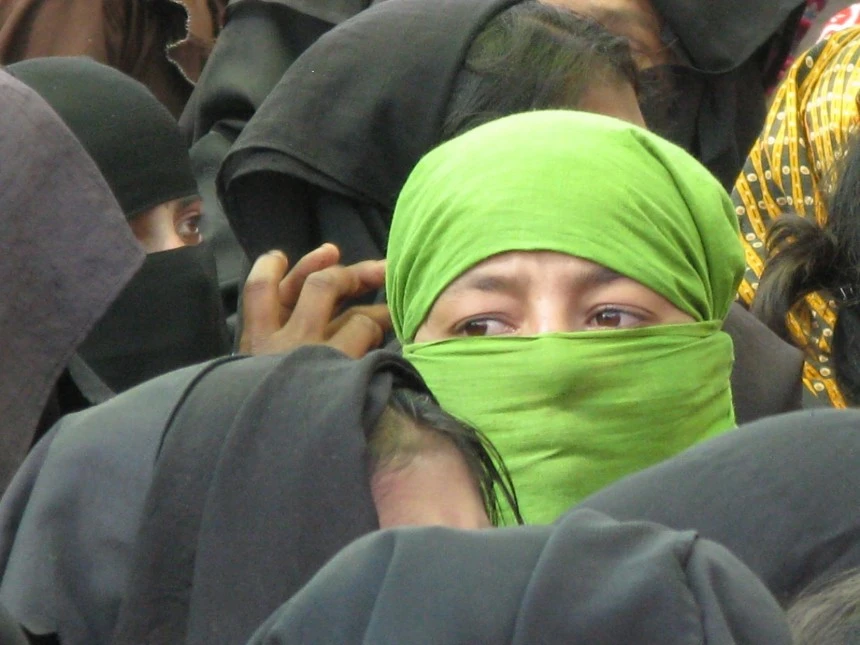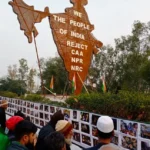Introduction
The legal protection of religious diversity within the framework of human rights is complex and evolving. The resurgence of religiously motivated demands in societies today necessitates clearer definitions of the relationship between human rights and religious diversity. Current legal regulations, influenced by varied historical and national contexts, create a fragmented and insufficient framework.
Different countries manage religious diversity in diverging ways, shaped by their corresponding histories, cultures, and legal traditions. These differing approaches can lead to inconsistencies and gaps in the legal protection of religious minorities, both at domestic and international levels.
This article proposes a shift towards a more inclusive approach in the legal protection of religious diversity. Instead of focusing solely on protections for certain minority groups, it advocates for extending protection to all religious (and/or non-religious) affiliations that are not the majority in a state. This involves moving away from differentiated rights for specific religious minorities. All religious groups should be safeguarded through universally recognized rights of freedom of religion and non-discrimination. This broader framework addresses the diverse needs arising from religious identities in a more equitable manner.
The current approach to religion and human rights necessitates balancing respect for religious diversity and upholding human rights.
Furthermore, the article emphasizes the importance of managing religious diversity based on democratic principles. This requires a legal and institutional framework that actively protects the rights of all individuals, regardless of their religious affiliation. Clarifying and strengthening legal protections for religious diversity can help us build a society that truly embraces pluralism. This inclusive approach aims to create a cohesive and fair legal environment where all religious groups, regardless of size or influence, should receive equal protection under the law.
Religion and Human Rights: The Basis of the Current Approach
The legal protection of religious diversity is intertwined with human rights, reflecting a deeply ingrained phenomenon in human history. Religion, with its wide array of beliefs and practices, has been fundamental in shaping national societies. Its influence permeates individual and collective identities, creating a complex interplay between faith and self-perception. This relationship is dynamic and evolves with social, cultural, and political factors permanently interacting.
Managing religious diversity is critical for democratic societies.
The process of secularization significantly influences this relationship, transforming how individuals and societies perceive and practice religion. It often leads to phenomena like ‘believing without belonging,’ where personal beliefs exist without a formal affiliation to religious institutions; or like ‘belonging without believing’, by which people identify culturally or socially with religious communities despite lacking strong personal belief. These concepts highlight the diverse ways people relate to religion in today’s societies, complicating the necessary management of religious (and non-religious) diversity.
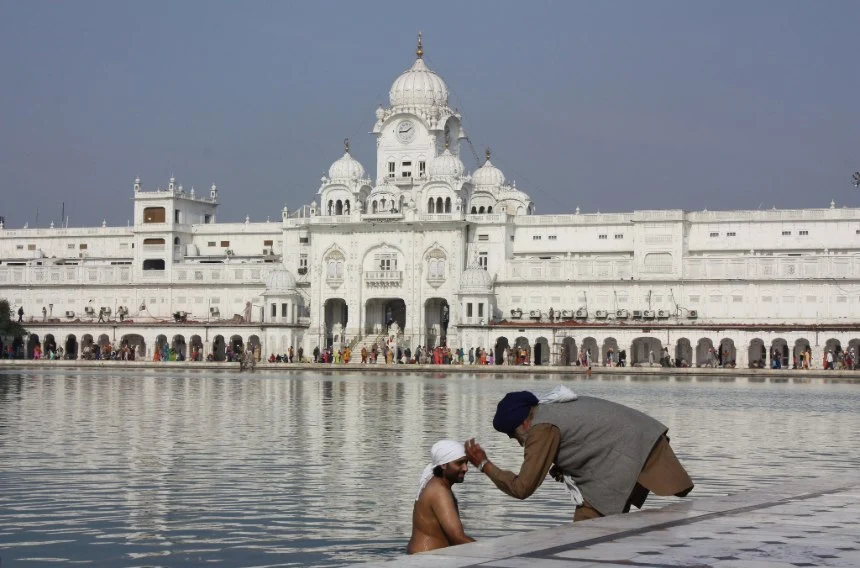
Managing religious diversity is critical for democratic societies. Despite various models based on human rights principles, these frameworks have not fully addressed contemporary demands from religious identities. Existing models often struggle to accommodate the fluid and evolving nature of religious expression and affiliation, and legal and institutional frameworks rooted in historical contexts may not align with current realities, exacerbating this challenge.
The intersection of religion and human rights presents unique challenges. Both aim to promote human dignity, yet their relationship is often fraught with tensions. Religions, with their transcendent visions, sometimes clash with the universalist aspirations of human rights frameworks. This tension is evident when religious doctrines conflict with human rights principles, such as gender equality or freedom of expression.
Addressing these challenges requires a nuanced understanding of the relationship between religion and human rights. It involves recognizing the intrinsic value of religious diversity while ensuring human rights principles are upheld. By fostering an inclusive approach in the legal protection, societies can better navigate the complexities of religious diversity. This ensures that all individuals, regardless of faith or belief, are treated with respect and dignity.
In short, the current approach to religion and human rights necessitates balancing respect for religious diversity and upholding human rights. This balance is crucial for developing democratic societies that value and protect diverse religious identities. Through continuous adaptation and inclusive legal frameworks, it is possible to address the evolving demands of religious diversity, honoring both individual and collective rights.
Historical Analysis: Evolution of Legal Protections
The legal protection of religious diversity has deep historical roots linked to the evolution of human rights. The origins of modern human rights trace back to significant movements like the Protestant Reformation and Enlightenment rationalism. These movements were pivotal in shaping contemporary understandings of individual freedom and religious tolerance.
During the Protestant Reformation, challenges to the Catholic Church’s authority initiated a rethinking of religion and governance. This period saw the emergence of ideas advocating for individual religious self-determination. Reformers like Martin Luther and John Calvin emphasized individual conscience, contributing to the evolving concept of religious freedom.
Historically, religious tolerance often emerged out of necessity rather than conviction.
The Enlightenment further advanced these ideas by promoting rationalism and individual rights. Philosophers such as Locke and Voltaire argued for the separation of church and state. They advocated that religious belief should be a personal matter free from governmental interference. This shift was crucial in shaping modern secular states and their approach to religious diversity.
Historically, religious tolerance often emerged out of necessity rather than conviction. As some societies became more diverse, managing religious pluralism became increasingly pressing. This pragmatic approach to tolerance evolved into a broader recognition of individual freedoms and minority rights. The gradual acceptance of religious diversity is evident in various legal frameworks and treaties from the 17th century onwards.
The League of Nations and later the United Nations played pivotal roles in promoting human rights, including religious freedoms.
One significant milestone was the Peace of Westphalia in 1648, ending the Thirty Years’ War in Europe. After it, a number of treaties included provisions for religious tolerance, allowing different Christian denominations to coexist. This marked a significant shift towards recognizing the rights of religious minorities and set a precedent for future legal protections. Subsequent treaties and legal instruments built on this foundation. These agreements reflected a growing awareness of the need to safeguard individual rights within diverse societies, acknowledging religious tolerance as a cornerstone of peace and stability.
The 18th century saw further advancements with the American Declaration of Independence and the French Declaration of the Rights of Man and of the Citizen. Both documents enshrined principles of individual liberty and equality, including the right to religious freedom. These declarations were instrumental in shaping modern democratic societies and their legal frameworks.
In the 19th and 20th centuries, protecting religious diversity became increasingly institutionalized at both national and international levels. The League of Nations and later the United Nations played pivotal roles in promoting human rights, including religious freedoms. The adoption of the Universal Declaration of Human Rights in 1948 marked a global commitment to protecting individual rights, including freedom of thought, conscience, and religion.
Today, the historical evolution of legal protections for religious diversity underscores the need to balance individual freedoms with the collective interests of society. This perspective highlights the progress made and the challenges that remain in ensuring comprehensive legal protection for all religious groups. By learning from the past, contemporary legal frameworks can better address the complexities of religious diversity in modern societies.
Contemporary Analysis: Legal Frameworks and Principles
The legal protection of religious diversity in contemporary democratic societies relies on representative democracy and the separation of church and state. These principles ensure individual freedom and state neutrality in religious matters. Effective management of religious diversity requires recognizing the rights of religious communities and ensuring that minority status does not suppress religious expression.
Representative democracy emphasizes the participation of all citizens in the political process, including those from diverse religious backgrounds. This inclusive approach considers various religious perspectives in public policy. It also requires a robust legal framework to protect religious freedoms and prevent religious discrimination.
State neutrality in religious matters is closely linked to protecting religious freedom.
The separation of church and state is crucial for ensuring religious freedom.
This principle mandates that the state remains neutral in religious matters, neither endorsing nor opposing any religion. Such neutrality fosters a pluralistic society where individuals can freely practice their religion without state interference.
It also prevents religious groups from exerting undue influence over state affairs, maintaining a clear boundary between religious and governmental functions.
State neutrality in religious matters is closely linked to protecting religious freedom. The state must create an environment where all religious groups can coexist peacefully. This involves implementing laws and policies that safeguard the rights of religious minorities and prevent religious discrimination. By upholding neutrality, the state ensures equal protection for all individuals, regardless of their religious affiliation.
Managing religious diversity also involves recognizing the role of religious identities in mobilizing individuals and shaping societal dynamics. Religious communities often influence public opinion and policy. Therefore, legal frameworks must accommodate the diverse needs of these communities while ensuring that their rights do not infringe upon others’ rights.
In practice, this means addressing issues such as religious education, accommodating religious practices in public institutions, and protecting religious symbols. Public education systems must balance inclusivity and secularism with parents’ rights to provide religious education. Similarly, public institutions must accommodate religious practices, such as dietary restrictions and dress codes, respecting everyone’s rights.
Anti-discrimination laws are also crucial for protecting religious diversity. These laws must be comprehensive and effectively enforced to prevent discrimination based on religion. Legal protections must extend to public and private life, including employment, housing, and access to services.
International human rights instruments, such as the International Covenant on Civil and Political Rights (ICCPR) and the European Convention on Human Rights (ECHR), provide additional protections in this respect. These instruments set international standards for protecting religious freedom and non-discrimination, serving as benchmarks for national laws.
In a nutshell, contemporary legal frameworks and principles for managing religious diversity must ensure that all individuals, regardless of their religious affiliation, are treated with dignity and respect. Upholding representative democracy and state neutrality, and implementing robust anti-discrimination laws, can effectively protect religious diversity and promote social harmony in a more inclusive and equitable society.
International Regulatory Framework
The international legal framework for protecting religious diversity includes key instruments that establish principles of freedom of religion and non-discrimination. Central among these is the Universal Declaration of Human Rights (UDHR), adopted in 1948. The UDHR enshrines the right to freedom of thought, conscience, and religion, allowing individuals to practice any religion or none without fear of persecution.
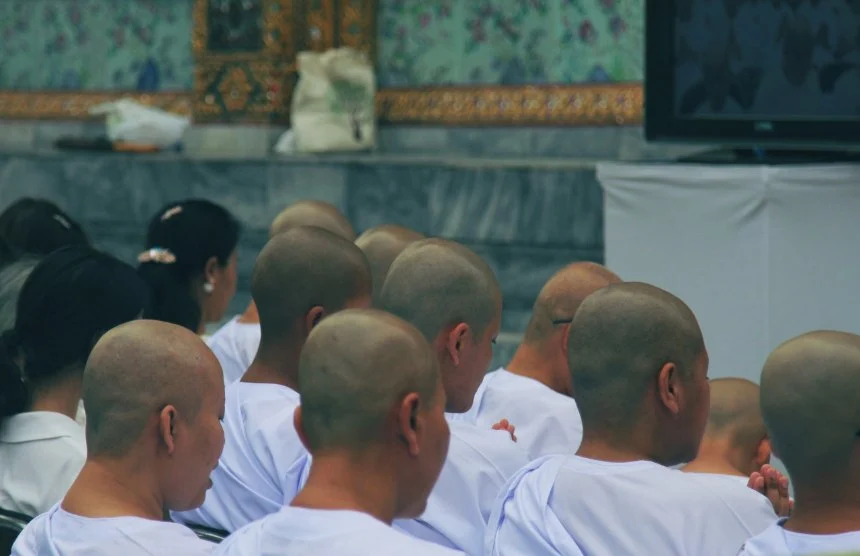
Another pivotal instrument is the International Covenant on Civil and Political Rights (ICCPR), whose Article 18 explicitly protects the freedom of religion, allowing individuals to have, adopt, and practice their chosen religion or belief. The covenant also prohibits discrimination based on religion, ensuring individuals are not unfairly treated due to their religious beliefs or practices. This comprehensive protection underscores the international community’s commitment to upholding religious freedom as a core human right.
Constitutions may reference religion in several ways, from symbolic mentions in preambles to detailed governance of state-religion relations.
Despite these strong foundations, the explicit protection of religious minorities within international frameworks is less consistently applied. While the ICCPR and UDHR set broad principles, specific protections for religious minorities often depend on additional treaties and declarations. For example, the Declaration on the Elimination of All Forms of Intolerance and of Discrimination Based on Religion or Belief, adopted by the United Nations General Assembly in 1981, addresses issues of religious discrimination and intolerance, urging states to take positive measures.
Other significant instruments include the Convention on the Rights of the Child (CRC) and the Declaration on the Rights of Persons Belonging to National or Ethnic, Religious, and Linguistic Minorities (DRPM). Article 30 of the CRC guarantees the rights of children from minority groups to enjoy their culture, practice their religion, and use their language. The DRPM, adopted in 1992, emphasizes preserving the identity and rights of minority groups, including religious minorities, and calls on states to ensure their protection and promotion.
The European Convention on Human Rights (ECHR), particularly Article 9, reinforces the protection of religious freedom and non-discrimination in Europe. This regional instrument, along with the jurisprudence of the European Court of Human Rights, provides a mechanism for individuals to seek redress for violations of their religious rights. In addition, the Framework Convention for the Protection of National Minorities (FCNM) also plays a crucial role in Europe, promoting conditions for preserving and developing the religious and cultural identity of minorities.
Finally, International bodies such as the United Nations Human Rights Committee (HRC) and the UN Special Rapporteur on freedom of religion or belief are instrumental in monitoring compliance with these standards. They provide guidance, review state practices, and offer recommendations to ensure that the rights enshrined in international instruments are effectively implemented.
National Regulatory Framework
The protection of religious diversity at the national level is implemented through constitutional provisions and legal instruments, which vary significantly across different states, reflecting diverse historical and cultural contexts. Constitutions may reference religion in several ways, from symbolic mentions in preambles to detailed governance of state-religion relations. For example, the constitutions of Georgia, Germany, Greece, Ireland, Liechtenstein, Poland, and Switzerland include references to divinity or religious declarations.
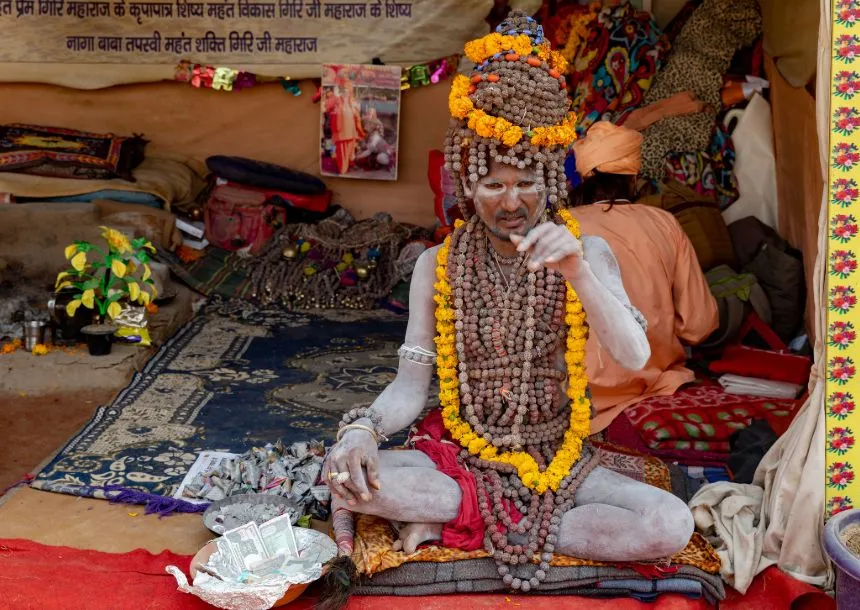
In some cases, constitutional provisions govern the relations between religious entities and the state or aspects of the internal organization of these entities. Often, these relations are limited to a single religious entity within the majority tradition of the society in a given state. European countries like Malta, Monaco, Denmark, Iceland, Norway, and Greece have constitutions reflecting this relationship. However, some constitutions explicitly declare the separation of church and state, such as those of Azerbaijan, Portugal, Italy, Belgium, Poland, Slovakia, Slovenia, Albania, Bulgaria, Romania, Moldova, Ukraine, and Russia.
The existing legal protections for religious diversity exhibit significant gaps and overlaps.
The most common constitutional protections include the freedom of religion, ensuring individuals can choose their religion freely, and the prohibition of discrimination on religious grounds.
These provisions are present in most democratic constitutions and are consistent with international human rights standards. The right of minority members to profess their religion is less frequently and less explicitly provided for.
Constitutions of Croatia, Serbia, North Macedonia, Albania, and Kosovo explicitly include this right, ensuring that minority religious groups can maintain their religious practices and institutions.
Moreover, some constitutions include additional rights linked to religious elements, such as the right to religious education, freedom of association for religious purposes, and the right to marry within the context of religious norms. Thus, these rights are reflected in the constitutions of Andorra, Ireland, the Netherlands, Belgium, Switzerland, Finland, Lithuania, Poland, Slovenia, and Romania.
Inconsistencies in Legal Protections
The existing legal protections for religious diversity exhibit significant gaps and overlaps, complicating their effectiveness. Despite the widespread recognition of freedom of religion and non-discrimination, the specific rights of religious minorities are often less clearly defined and protected. This ambiguity leads to inconsistencies in the application and interpretation of these rights across various legal systems, undermining the effective protection of religious diversity.
Managing human differences, particularly religious diversity, poses a significant challenge for both religion and human rights frameworks.
International law and comparative constitutional law generally align in protecting religious diversity. However, diverse historical and cultural contexts result in varying interpretations and applications of these protections and the resulting diversity leads to asymmetry in legal coverage. While freedom of religion and the prohibition of discrimination on religious grounds are universally recognized, the rights of religious minorities to practice their religion are not always explicitly mentioned or adequately protected.
The diachronic and synchronic analyses of existing legal instruments reveal that the origins of the rights protecting religious diversity are diverse, influenced by different historical and cultural contexts. Freedom of religion is interpreted and applied differently depending on national traditions or the international human rights protection body in question. For example, the European Court of Human Rights has been criticized for its narrow interpretation of Article 9 of the European Convention on Human Rights, focusing more on freedom from religion rather than freedom of religion. In contrast, UN treaty bodies tend to offer broader protections for the same right.
This variability is mirrored in domestic laws. Having provisions in place to safeguard the same rights does not guarantee consistent interpretation or implementation. Consequently, gaps or loopholes in the protection of religious diversity particularly affect minority or vulnerable groups.
Moreover, there is a notable asymmetry in the coverage of the three main rights related to religious diversity. While freedom of religion and the right to non-discrimination on religious grounds are enshrined in almost all legal systems, the right of members of religious minorities to profess their religion is only explicitly stated in a few. This inconsistency is further exacerbated by the abundance of legislation and case law on the first two rights, compared to the sparse legal attention given to the third.
The origins and development of these rights in various national contexts contribute to an unclear relationship between the three, leading to ambiguity about the scope of each right’s protection. This lack of systematic and consistent treatment results in gaps and overlaps in the current legal protections, diminishing their effectiveness in safeguarding religious diversity and affecting the rights of minority groups.
Conclusion
Managing human differences, particularly religious diversity, poses a significant challenge for both religion and human rights frameworks. The legal protection of religious diversity has evolved over centuries, reflecting diverse historical and cultural contexts, but remains marked by gaps and overlaps that complicate its effectiveness. These inconsistencies arise from the fragmented interpretations and applications of the principles of freedom of religion and non-discrimination across different national and international legal systems.
Managing religious diversity in democratic societies necessitates a coherent and systematic approach to legal protections.
The current legal framework shows that while the principles of freedom of religion and non-discrimination are widely recognized, the specific rights of religious minorities are often less clearly defined and protected. This ambiguity results in inconsistencies that undermine the effective protection of religious diversity. To address these challenges, there is a need for a paradigm shift from specific minority protections to a broader framework that emphasizes universal rights for all identities, including those of the minority groups.
This shift involves recognizing that the protection of religious diversity should not be limited to specific minority groups but should extend to all religious affiliations that do not constitute the majority within a state. By adopting a more inclusive approach, we can move away from a paradigm that grants differentiated rights to concrete religious minorities towards one that ensures equal protection under the universally recognized rights of freedom of religion and non-discrimination.
Implementing this inclusive approach requires a comprehensive legal framework that clearly defines and protects the rights of all religious groups and individuals. This includes robust anti-discrimination laws, effective enforcement mechanisms, and a commitment to state neutrality in religious matters. Additionally, international human rights instruments must be leveraged to set benchmarks for national laws and to provide a framework for addressing cross-border issues related to religious diversity.
In conclusion, managing religious diversity in democratic societies necessitates a coherent and systematic approach to legal protections. By addressing the gaps and overlaps in the current legal framework, democratic societies can better uphold the principles of human dignity and pluralism. This inclusive legal framework will ensure that all individuals and religious groups, regardless of their size or influence, receive equal protection under the law, enjoying their rights through their own identity and not despite it.
It is not a question of enlarging the recognition of (new) rights or new holders of the rights, but to accommodate the exercise of basic rights to all identities existing in the society. Through continuous adaptation and vigilance, societies can create an environment that truly embraces pluralism and upholds the dignity and rights of every person, fostering a more inclusive and equitable social order.
Adapted from Ruiz Vieytez, E. (2024), “Religious Diversity, Minorities and Human Rights: Gaps and Overlaps in Legal Protection”. Religions, 15 (1), p. 87; DOI: 10.3390/rel15010087 (licensed under CC BY 4.0).


